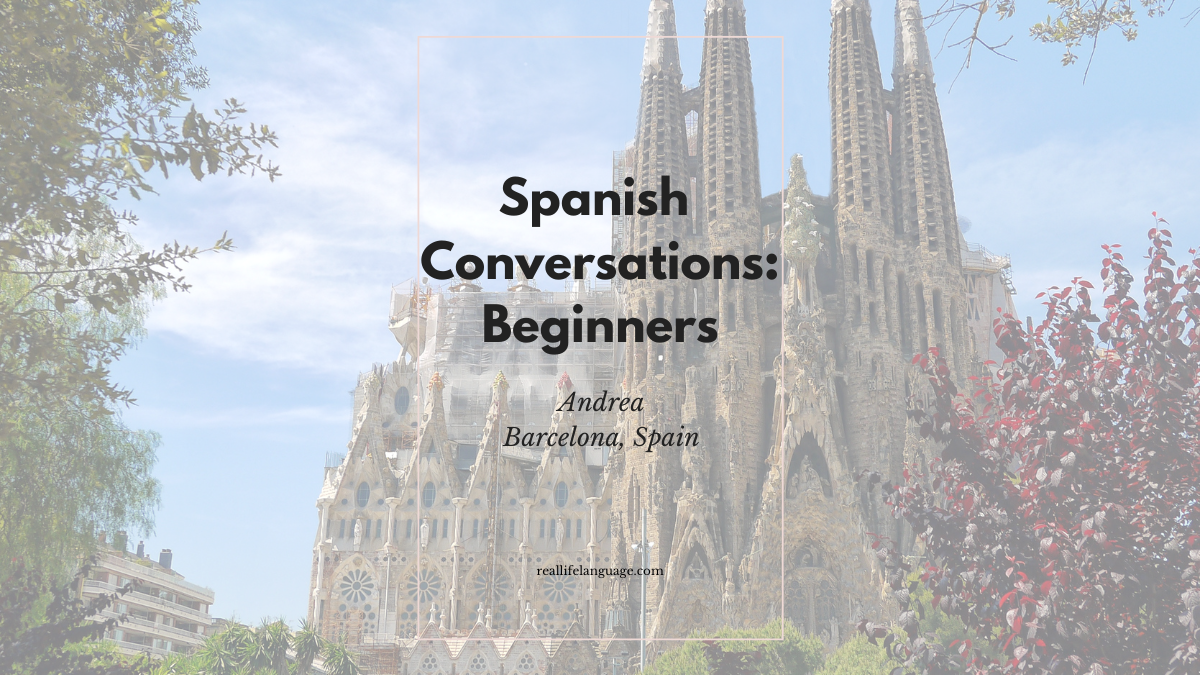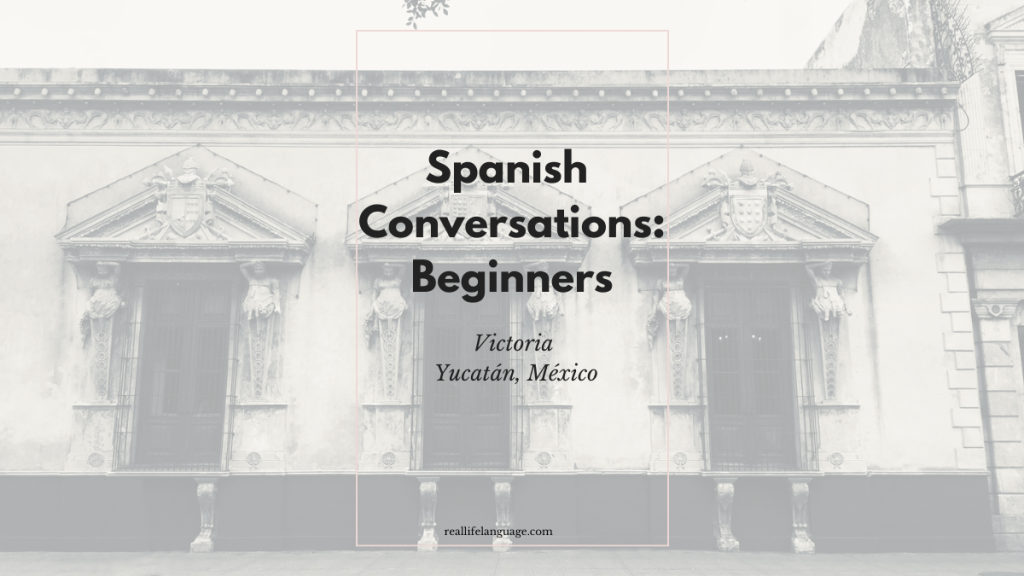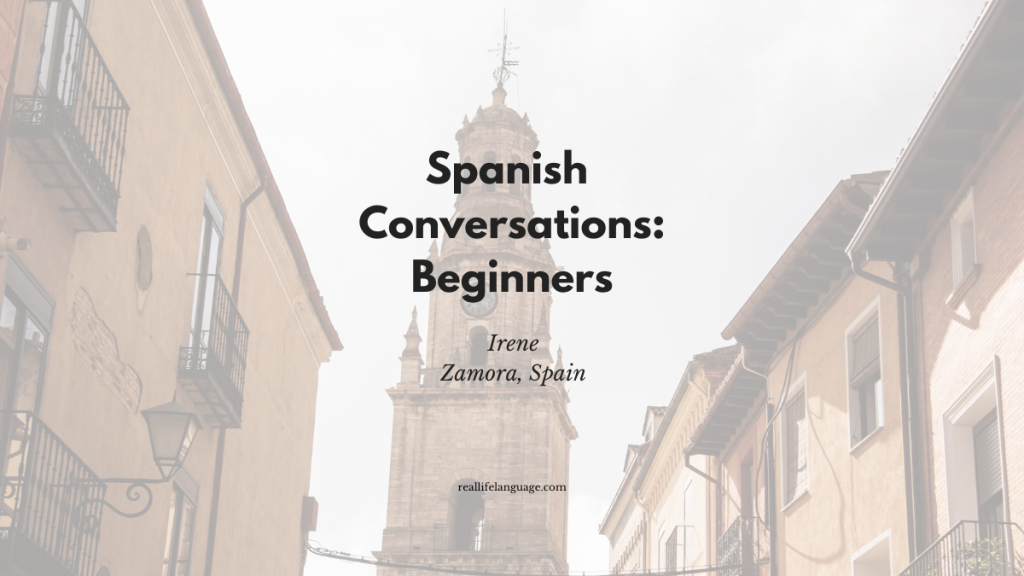
This article breaks down a beginner-level Spanish conversation set in Barcelona and turns it into a practical lesson for learners. The original video presents a relaxed exchange between two speakers covering personal info, daily routines, hobbies, shopping, food and more. Use this guide to learn Spanish useful phrases, vocabulary, and practice tips drawn from that conversation.
Why this conversation is useful to learn Spanish
The conversation models real, everyday Spanish: greetings, describing oneself, talking about family, routines, hobbies, and local culture. It’s perfect for beginners because the sentences are short, repetitive and practical. The speaker’s calm, friendly tone makes it easy to repeat and imitate.
Key topics and useful phrases
Personal information
- ¿Cómo te llamas? — What’s your name?
- Vivo en Barcelona. — I live in Barcelona.
- Nací en Teruel. — I was born in Teruel.
- Practice question-answer pairs: Ask and answer about name, city, birthplace and birthday.
Family and siblings
- Tengo una familia muy pequeña. — I have a very small family.
- Soy hija única. — I am an only child.
- Useful verbs: tener (to have), ser (to be), llamarse (to be called).
Describing personality and appearance
- Soy una persona feliz y tranquila. — I’m a happy and calm person.
- Soy morena, pelo ondulado y ojos marrones. — I am brunette, wavy-haired and brown-eyed.
- Practice adjectives (agreeing gender/number): alto/alta, bajo/baja, delgado/delgada, gordo/gorda, feliz, tranquilo/tranquila.
Languages and work
- Hablo español y catalán, inglés y un poco de italiano. — I speak Spanish and Catalan, English and a little Italian.
- Class vocabulary: clase, niños, adultos, mañana, tarde.
- Example: Tengo aproximadamente seis clases al día. — I have about six classes a day.
Daily routine
- Typical verbs: despertarse, desayunar, duchar(se), trabajar, dar un paseo, cenar.
- Model sentence: Me levanto a las ocho, trabajo desde las diez hasta la una, y por la tarde de cuatro a siete.
Culture, food and free time
The conversation highlights regional culture: pa amb tomàquet (pan con tomate) in Catalonia, popular sports like fútbol, and activities such as hiking, skating and walking the Camino de Santiago. Useful food phrases:
- pan con tomate (pa amb tomàquet) — bread with tomato
- paella, tortilla de patatas, tapas
- Pizza vegetariana — vegetarian pizza
Practical shopping and transport vocabulary
- Centro — downtown; supermercado — supermarket; centro comercial — shopping centre/mall.
- Useful phrase: Pido la compra online una vez a la semana. — I order groceries online once a week.
- Everyday habit: many people in Spanish cities walk and use a small trolley (carrito de la compra).
Tips to practice and make progress
- Shadow the conversation: listen and repeat line by line to improve pronunciation.
- Turn phrases into Q&A drills: ask and answer about name, origin, routine and hobbies.
- Write a short paragraph about yourself using the structures above.
- Use the vocabulary lists to create flashcards (family, appearance, daily routine, food).
Conclusion
This casual Barcelona conversation is a great way for beginners to learn Spanish by listening to everyday vocabulary and sentence patterns. Practising the questions and answers shown here will build confidence for real-life conversations. For structured practice, learners should shadow the dialogue, produce their own answers aloud, and use the vocabulary lists to expand their active use of the language. Happy studying and keep practicing to learn Spanish naturally and enjoyably!
100s of videos to learn Spanish:
https://real-life-language.kit.com/b1531a6404
Learn Spanish: Everyday Conversations with César from Valencia

